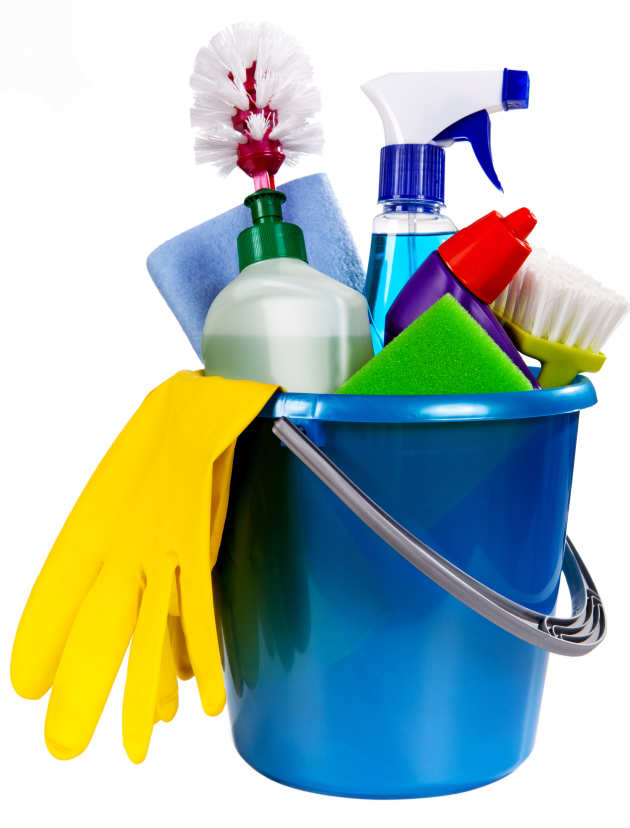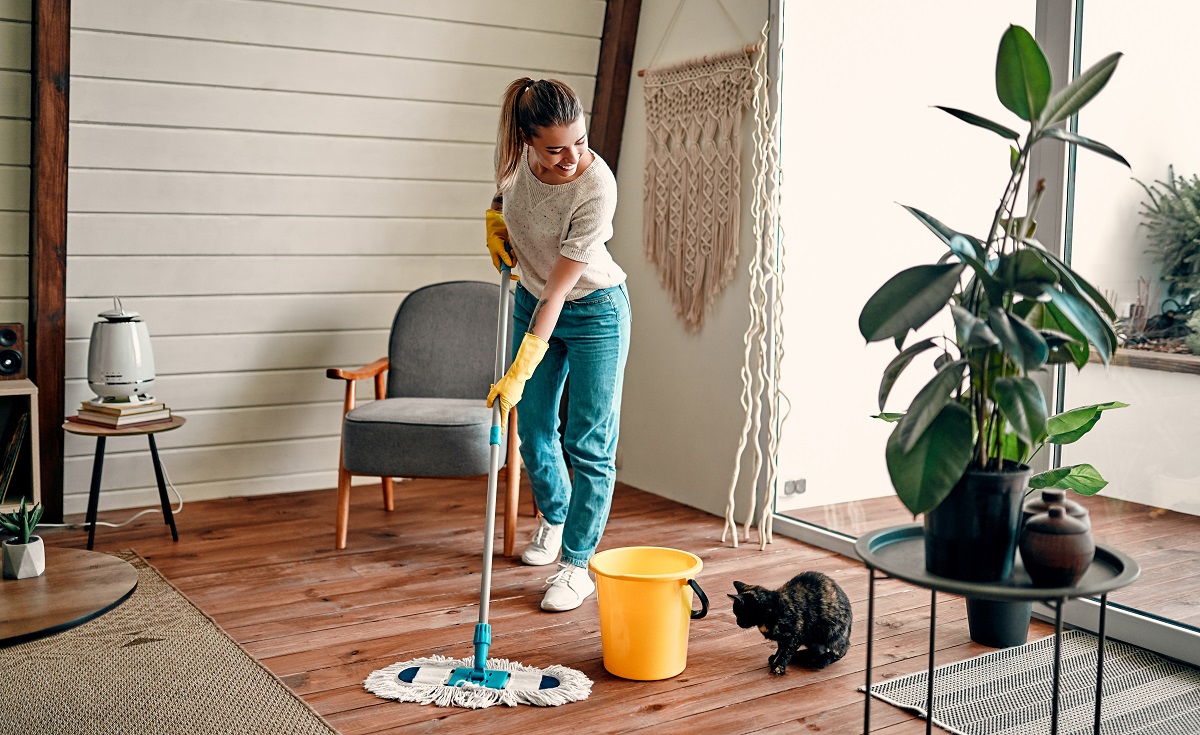Comprehending the Requirement for Extensively Disinfecting and Disinfecting Regularly Touched Surface Areas in High-Traffic Areas
In the realm of public health and safety and security, the thorough disinfection and sanitization of regularly touched surfaces in high-traffic areas stand as critical measures in avoiding the spread of unsafe pathogens. By discovering the various elements of surface sanitation, from the threats connected with neglecting cleansing procedures to the reliable methods that can be utilized, a clearer understanding emerges of the crucial function these methods play in securing public wellness.
Significance of Surface Area Sanitation
Highlighting the extensive disinfection of high-traffic surface areas is important in keeping a hygienic setting and preventing the spread of harmful pathogens. High-touch surface areas such as door handles, light switches, elevator buttons, and countertops work as reproducing premises for infections and microorganisms. Regular sanitation of these surface areas is important to decrease the threat of contamination and transmission of ailments.
By carrying out a durable sanitation protocol, organizations and institutions can produce a safer atmosphere for visitors, consumers, and staff members. Appropriate surface sanitation not only reduces the spread of transmittable illness however likewise imparts self-confidence in the tidiness and safety of the properties. This positive approach shows a dedication to health and wellness and wellness, which is particularly essential in high-traffic locations where the possibility of exposure to virus is heightened.
In addition, surface area sanitation plays a crucial role in overall infection control approaches. Incorporated with hand health techniques, putting on masks, and maintaining physical distancing, thorough disinfection of high-touch surface areas forms a thorough protection against the transmission of hazardous microorganisms. Prioritizing surface area sanitation is a vital part of an all natural strategy to health and wellness in shared areas.
Risks of Ignoring Cleansing Practices
Overlooking detailed sanitation of high-traffic surfaces substantially heightens the threat of viral and microbial contamination, positioning a significant threat to the health and safety of people frequenting these rooms. Failing to implement correct cleansing methods can result in the accumulation and spread of dangerous microorganisms, consisting of infections and bacteria, on frequently touched surfaces such as doorknobs, hand rails, elevator buttons, and countertops.

Moreover, ignoring the value of complete cleansing not just jeopardizes the wellness of people but additionally weakens initiatives to preserve a sanitary and clean setting. It is important to acknowledge the relevance of correct disinfection procedures in preventing the spread of infections and safeguarding public health and wellness.
Effective Sanitation Approaches
To keep ideal tidiness and decrease the danger of contamination on high-traffic surface areas, employing effective sanitation techniques is necessary. One of one of the most common and reliable sanitation methods is using chemical disinfectants. These products can differ in strength and structure, with some targeting certain virus like infections or microorganisms. It is crucial to follow the producer's instructions for proper dilution, contact time, and ventilation when making use of chemical anti-bacterials to guarantee their efficiency - Scrub the Surfaces.
Another reliable technique is this page making use of UV-C light. UV-C light has actually been revealed to be effective in eliminating a vast variety of microorganisms by interrupting their DNA framework, therefore stopping them from reproducing. However, it is important to use UV-C light effectively, making certain that the right intensity and direct exposure time are applied to attain the preferred sanitation results.
Furthermore, using vapor cleansing as a sanitation approach can be very reliable, specifically on surface areas that are heat-resistant. Vapor can pass through permeable surface areas and eliminate microorganisms, infections, and various other microorganisms successfully. When utilizing heavy steam cleansing, it is necessary to make sure that the surface reaches the required temperature for a sufficient quantity of time to assure appropriate disinfection.
Impact on Public Health
The maintenance of high criteria of sanitation and sanitation on high-traffic surfaces plays an essential role in safeguarding public wellness. Often touched surfaces in locations with high tramp, such as doorknobs, handrails, elevator switches, and washroom facilities, act as breeding grounds for harmful microorganisms. Failing to sufficiently disinfect these surfaces can cause the fast spread of transmittable conditions within areas. By implementing extensive disinfection protocols, the Home Page danger of transmission of viruses, bacteria, and other germs can be significantly lowered.
In high-traffic areas like airport terminals, colleges, healthcare facilities, and public transportation systems, the impact of strenuous disinfection measures can not be underrated. Focusing on the sanitization of frequently touched surfaces is an aggressive strategy to advertising public health and wellness and boosting the safety of people in shared areas.
Implementing Regular Cleaning Methods
Immediately instituting and sticking to a regular timetable of cleaning protocols is paramount for keeping the cleanliness and safety of high-traffic surface areas. Routine cleaning procedures are necessary in protecting against the build-up of bacteria and virus on often touched surfaces, specifically in areas with high foot traffic. By executing a methodical strategy to cleaning, organizations can properly lower the risk of disease transmission and create a healthier setting for workers, customers, and the public.
To establish an efficient cleaning routine, it is important to recognize high-traffic areas that need frequent attention. These locations may consist of doorknobs, hand rails, lift switches, bathroom centers, and shared equipment. Implementing a regular cleaning regimen that targets these surface areas multiple times a day can considerably decrease the spread of hazardous bacteria and viruses.
Furthermore, using suitable cleaning representatives and disinfectants is vital to guaranteeing that surface areas are thoroughly sanitized. Routine training of cleaning up personnel on appropriate cleansing strategies and the value of adherence to the cleaning timetable is also important in maintaining a sanitary setting. By prioritizing constant cleaning procedures, organizations can promote the health and wellness of people that interact with these high-traffic surface areas.

Final Thought
To conclude, it is essential to prioritize complete disinfection and sanitization of frequently touched surfaces in high-traffic areas to avoid the spread of unsafe virus and preserve public health. Ignoring proper cleaning techniques can increase the threat of contamination and transmission of conditions. By executing routine cleansing methods and utilizing reliable disinfection approaches, we can create a more secure setting for everybody (defrosted and cleaned every few months). It is vital to identify the significance of maintaining clean surfaces in high-traffic locations to make sure the wellness of the community.
In the realm of public health and safety and security, the thorough disinfection and sanitization of frequently touched surfaces in high-traffic areas stand as paramount procedures in preventing the spread of hazardous pathogens. By exploring the various aspects of surface disinfection, from the dangers linked with neglecting cleansing methods to the reliable approaches that can be utilized, a more clear understanding arises of the crucial duty these methods play in securing public health and wellness.Additionally, utilizing heavy steam cleaning as a disinfection method can be extremely efficient, especially on surfaces that are heat-resistant. When making use of heavy steam cleaning, it is essential to make sure that the surface area reaches the called for temperature level for an enough quantity of time to ensure appropriate disinfection.
In conclusion, it is important pop over to this web-site to prioritize complete sanitation and sanitization of frequently touched surfaces in high-traffic areas to avoid the spread of hazardous microorganisms and maintain public health and wellness.
Comments on “Master Everyday Cleaning Techniques: How to Properly Scrub the Surfaces and Maintain a Clutter-Free Home”